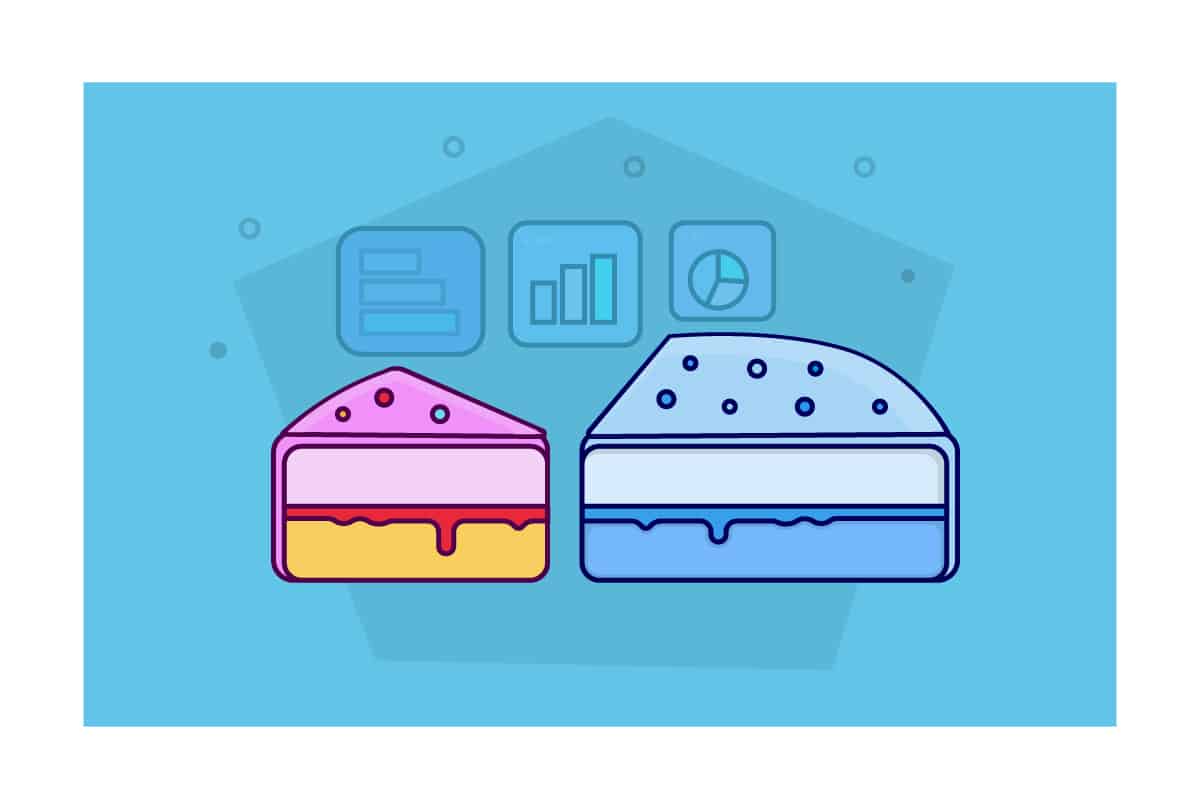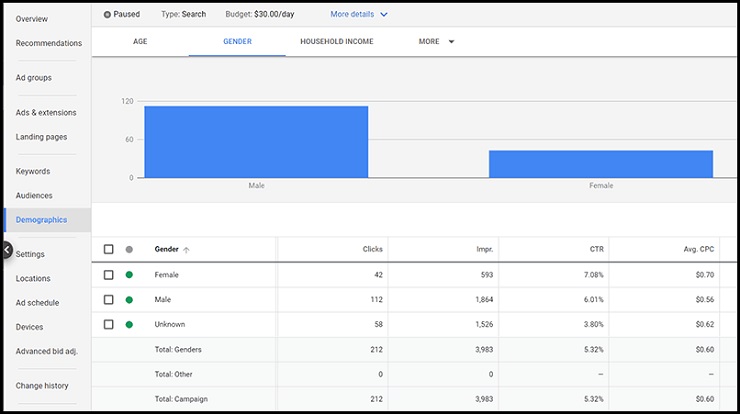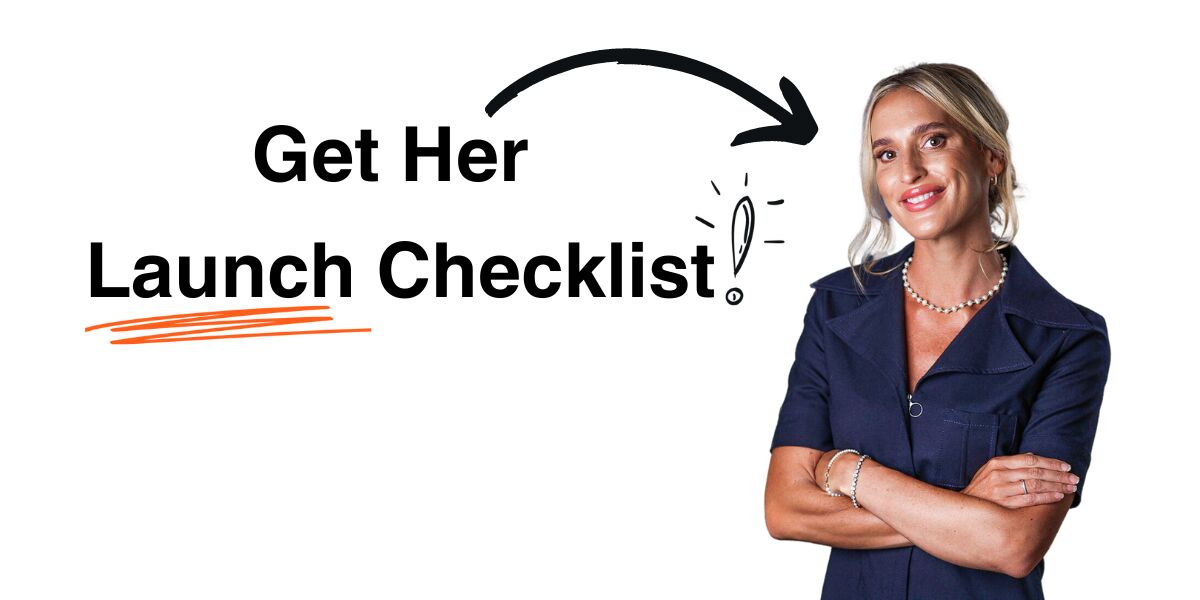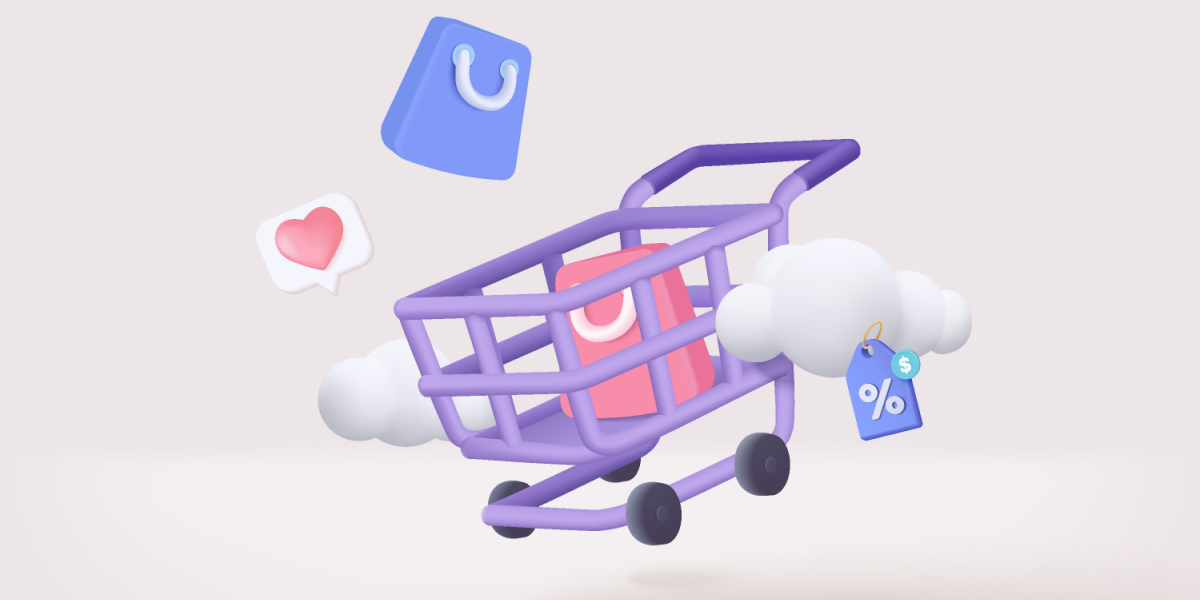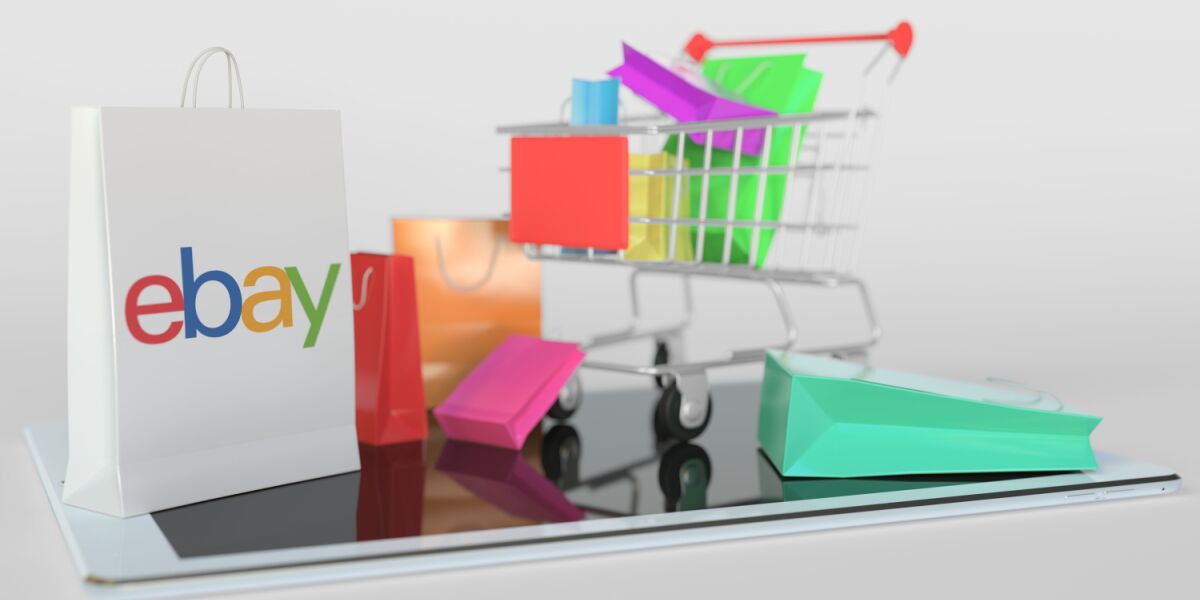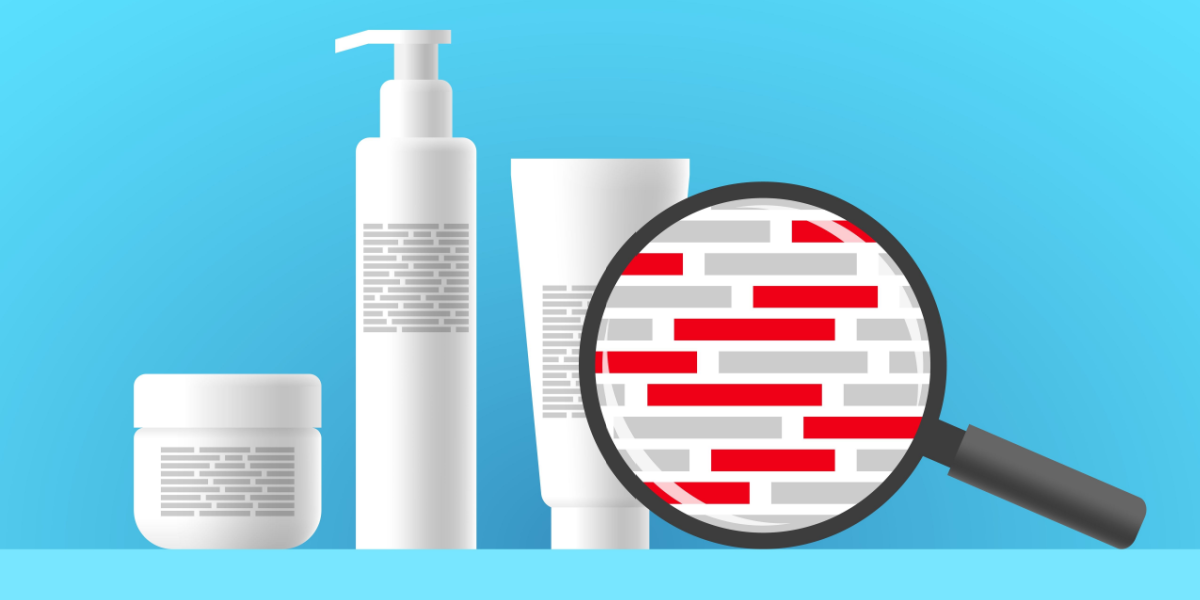Segmentation is a simple concept. Imagine you have a craving for a fried chicken sandwich and have a choice to make. There’s McDonald’s, offering dozens of menu items. Or that shop down the road, the one that’s famous for its chicken sandwiches, serving only chicken sandwiches for the past 30 years.
Which would you rather go to? It’s a no brainer.
That’s what segmentation is: trying to present yourself as that one-of-a-kind fried chicken sandwich shop instead of a run-of-the-mill McDonald’s.
Because it’s obvious that a shop that specializes in what you’re after will give you a better experience and a superior product. You’re goal is to convince people not only that you sell chicken sandwiches, but that you make the greatest chicken sandwiches of all time.
They also want that personalized experience that is perfect for them. And when it comes to ecommerce segmentation, your goal is to cater to that desire, find out what they’re looking for and what else they like, and present it to them in a way that they know you get them.
Pull that off—and we’ll explain how in this article—and you can look forward to people lining up around the virtual block for what you’re selling.
‘But Why Should I Bother Spending All That Time and Energy Dividing People Up?’
I’m not going to lie. It will take a lot of work to do ecommerce segmentation the right way. The more advanced your segmentation gets, the more complex your overall marketing efforts. If you’re not careful, things can get convoluted easily.
But it’s worth it to try despite all of that. Also, it’s a sliding scale in terms of how much you invest.
After all, 96% of marketers use some form of segmentation, and 43% target six segments or more. Because it works, and ecommerce segmentation will skyrocket conversion rates on your product pages. It will bolster brand loyalty with your customers, because they’ll feel you understand them. It will make them look forward to your emails, instead of tossing them into spam.
In short, it’s one of the very best ways to convince people to buy more stuff. Personalized emails based on ecommerce segmentation generate six times more revenue. Your bottom line will thank your effort.
Don’t Listen to Me—Look at What Some of the World’s Smartest Companies Are Doing
We can’t all afford to hire dozens of Harvard MBAs to figure out which ideas are worth pursuing. Fortunately, we don’t need to. I’m a big believer in studying other companies, especially if they have a lot more money than you.
There’s a reason Netflix shows you a recommendation for Black Mirror after you watch a bunch of sci-fi and horror shows. Knowing your interests, they know you’ll likely enjoy it, and will find more value in Netflix original programming.
There’s a reason a company selling bags would try to get exposure in Vogue instead of Sports Illustrated. They know one magazine has a demographic that more closely lines up with the folks who actually buy their product.
There’s a reason a hot dog cart might set up shop outside the typical movie theater with overpriced popcorn and $7 soda. Because the proprietor knows the area has a higher percentage of hungry people than other areas, and he’s more likely to make a sale.
And I don’t even need to mention Amazon with its recommendations, do I? About 35% of the company’s revenue is made from products they recommend.
At the extreme end, you have insanely specialized segmentation, bolstered by machine learning and lots of data. At the other, you have hot dogs, relish, and a guy with a plan. But these are both examples of the same concept, and it’s not nearly as difficult to get started as it might seem.
The Top 4 Ways to Segment Your Audience, Why They Work, and How to Do It
Why four, out of the near-infinite number of ways you could do ecommerce segmentation?
Because you want to focus on the segments that are going to produce the best results for you from the get-go. While there are hundreds (perhaps thousands) of factors that will make a difference, you want to focus on basic things like age before you start wondering if people who wear blue shirts are different than those who wear green.
I’ve run marketing campaigns for dozens of products, and these four segments tend to produce big variations in performance.
You also want to start small when adding segmentation to your marketing strategy. It’s easy to get carried away with segmenting, and every layer you add is another you need to keep track of, create communications for, and manage. These also tend to be some of the easiest segments to start with, when it comes to data gathering.
Your goal at this stage should be to do three things: Identify your segment, figure out how to reach them, and adapt your marketing to fit them.
1. Gender
It’s a social construct, I know. It’s also an important way to segment your audience. Now, I’m definitely not saying you should market your products based on gender stereotypes—that would be dangerous, not to mention pretty offensive.
What you should be aware of, however, is that specific products you sell will probably lean heavily one way or another in terms of who is primarily interested in them. For most of the things I’ve sold, it’s rare there is an even 50-50 split between men and women. For instance, with a cryptocurrency app I once marketed, the users were 85% men. Such splits are not uncommon.
That means you should first figure out which way particular products lean. It’s easy if you’re selling clothing, but even if you sold, say, camcorders, there are many ways to get data on your audience.
Most ad platforms, like Google Ads (shown above), will tell you the gender ratio in terms of clicks and impressions. But failing that, you can send out emails with surveys, have post-purchase questions, etc. Once you know that your camcorders are primarily purchased by men, for instance, you could use that to target sites that have more male visitors for advertising or partnerships. Fantasy sports sites, comics fandom, the list goes on. Gender as a segment is useful primarily for choosing where to advertise. It helps you know where your audience hangs out.
But it can also affect your messaging. Now, for most products you’ll want to use gender-neutral language, but if you find out that 90% of the people interested in this particular camcorder identify as male, then you should take advantage of that, and try out messaging that might appeal to other common male interests.
One piece of advice: Don’t just go throwing pink all over a product page. Have an open mind, and test (and challenge) your assumptions.
2. Age
You’ll know this segment matters if you’ve ever asked someone from another generation their opinion on music. Whether it’s about familiarity with technology, what they’re worried about in life, their politics, etc.—it is absolutely critical that you segment different age ranges, and interact with them differently.
That won’t apply to all products. But if you’re selling a laptop or sous vide machine, you can bet that how you talk to your prospect matters. Again, most ad platforms will tell you how old most of the people looking at your product are. Your shopping cart software might also come with built-in analytics that provides this info. Failing that, you can try to integrate it with Google Analytics, which will tell you.
Age, like gender, is primarily useful for choosing where to advertise and how to say what you need to say. You might, say, choose to advertise on Instagram if your products appeal to a younger audience, instead of Facebook, which has an older audience. Both these factors will help you spend less money to achieve the same (or better) sales numbers. This is especially relevant when you’re selling a product that is itself specialized for people of a specific age.
Baby’s toys, for instance, might be marketed to an audience in the 20-40 range, the average age of marriage. The below cane would be a perfect product to target at older gentlemen, or the family that might buy it for them as a gift.
One thing to keep in mind—older people also tend to have more money, which is especially critical if you’re selling luxury products.
3. Location
“Nothing sucks like Electrolux!” Needless to say, the marketing campaign for one Swedish company famously bombed when they ignored the language barrier. Or so the legend goes. But ecommerce segmentation by country isn’t just about cultural disconnects. It’s about behavior.
For instance, someone from France is twice as likely to open an email than someone from India. Chinese users pay for almost everything via mobile (WeChat or AliPay), even when shopping online. Americans really like Girl Scout cookies. That’s all really important when it comes to how to talk to your prospects and what to say.
Now, if you’re selling primarily in your own country, this isn’t something you have to worry about. In ecommerce, international shipping can be a big barrier. But even if you’re not shipping across borders, different cities or regions can have different behavior, and yes, that matters.
Not only will certain localities have greater interests in what you offer, but they will also have varying incomes. If you’re selling VR headsets, you’re probably going to be doing more business in the Bay Area than a small town in Wyoming.
When it comes to location and ecommerce segmentation, it becomes a question of targeting. Where should you focus your advertising and promotional efforts? What areas should you exclude? In my experience, geographical targeting can be the single biggest differentiator when it comes to the cost of promotion.
And if you are selling internationally, you’ll also need to consider which medium will best reach your customers. Those cart abandonment emails or promotional blasts won’t do much good if nobody reads them due to cultural preferences. You’ll also want to make sure you’re not sending messaging about high-end goods to places where they’d be viewed as outrageously expensive.
4. Interest
It’s a heck of a lot easier to segment your audience by their interests than it used to be, probably due to seemingly everyone in the universe now having access to all our data. I shouldn’t have to convince you why people’s interests matter. If someone buys a tennis racket, they’re going to be interested in tennis balls.
Even without personalized data on your prospects, you can boost the size of your average ecommerce order, simply by suggesting relevant products, as Walmart does above. You can even tailor follow-up emails by adopting language and interests tennis players are accustomed to—especially useful if you have a smaller catalogue of products.
The great thing about interest targeting with ecommerce segmentation is that it’s ideal for automation, and you have an ideal way of gathering information about someone’s interests—your store.
The moment someone buys something from you, they should go into a specific list. Let’s say you run an online dessert store, and someone buys a box of caramel cookies. You might have them put into two separate groups: “caramel” and “cookies.” You could set up automated suggestions for these groups so this person might get recommendations for caramel-flavored candies or other types of cookies.
How you would do this would depend on what shopping cart software you have, what email system you’re using, and a host of other factors. You can find a basic guide to ecommerce automation here.
You definitely want them on email. So not only do they get suggestions and that “thank you” email, but they also get notified whenever you come out with a new cookie, or a new caramel-type confection. What you’re essentially doing is turning what would normally be a general communication about all your desserts into ones that are more personal and specialized. You might want to check out our guide to email marketing while you’re at it, too.
‘That’s All Great, But How Do I Actually Put This Into Practice?’
For starters, if you don’t have any data, you can mostly ignore segmentation. What you want to do at this stage is gather data about your audience in its natural state. You cannot perform segmentation without clean data, and that should be your priority at this point. Set up your analytics, through Google or your shopping cart, or otherwise, and collect as much of that information as you can.
Before long, you should notice certain things standing out. Maybe your audience is mostly young. Or men. Or from a specific country or region. That’s a good starting point for your first segmentation. You might then want to create more tailored ads or product pages for that segment, send traffic to them, and compare the results against your originals.
For instance, if you want to test if segmenting by city would improve your jacket sales, and want to start with New York, you might create a new product page that starts with “jackets specially made for the greatest city on Earth.” Meanwhile, your “control” product page might say “jackets specially made for working people.” And if you want an even cleaner test, you can simply have two identical landing pages, but have the word “New York” in the headline of one of them.
Note that if you have many different products that aren’t similar to one another, this becomes far more complicated. In that case you’ll either need to do this for every group of products, or for your website as a whole. Knowing your audience is the key to effective ecommerce segmentation. Also, a warning…
Don’t Assume. Test.
The most dangerous thing about segmentation is making judgements before you’ve actually tested them out. It’s horribly tempting to assume a lighter mug with soft colors would be preferred by women. Or that you should target a flip phone to older prospects.
What I’ve learned about working with dozens of different markets over the years is that people will always find a way to surprise you. Make a hypothesis and test it out. Analyze the results.
Another risky assumption is that a segmentation will actually matter. You might think prospects from the UK would be far more interested in your tea-flavored confectionary than the rest of the world. Except maybe they prefer it just the same as everyone else. It’s impossible to know for sure until you’ve actually segmented it out.
Go Slow, Step-by-Step, and Keep Organized
Creating proper ecommerce segmentation is a ton of work. Let’s say you want to segment your audience into under 35 and over 35. That means your work has effectively doubled. You now need messaging for both segments.
Separate product pages. Separate advertising campaigns. Separate emails.
This is why it’s so easy for segmentation to get complicated, extremely quickly. To prevent this, you want to dip your toe in the water first, and not build out segmentations that you aren’t certain are going to make a big difference.
Start with one separate product page. One separate ad. One different campaign with differing targeting but with everything else the same. Put in keywords that those specific segments would type in via your ad campaigns.
Below, you can see what some companies have done for people interested in robot vacuums, specifically for pet hair. These are likely the same products they would sell for someone interested in getting rid of dust, but the ads and landing pages will be specific to that segmented interest.
That’ll be enough to give you good data on whether a certain segmentation is worth pursuing. And if you start seeing a big difference between segments for a certain product line, then build out a larger funnel. Keep things properly labeled and clean—you’ll thank yourself later.
Once you know a segment is making a difference, you’ll want to go deeper in your personalization. Your main priority is figuring out how to modify the language and emphasis of your marketing to cater to that segment without affecting the overall structure of your campaigns. However, if you notice that a particular segment has a huge difference in performance, you can go even further. Some companies even build little sub-brands within their main product line for this reason.
Whatever you do, don’t, all of sudden, try to build multiple segmentations at once. That way produces madness.
So What Does Proper Ecommerce Segmentation Look Like?
Paula runs a small online store selling intricately designed ceramics.
She knows, from years of data, that it’s far less expensive for her to get women to visit her website than men, and also that they’re much more likely to buy something once there. Therefore, she has decided to focus entirely on women in her advertising and messaging, which has increased her profits and lowered her costs. Moreover, she has partnerships with several female-centric clothing sites.
She knows that people from Canada, especially, love her vases and convert at a rate far higher than those from other countries. So she puts most of her budget into advertising in Canada, while maintaining lower-tier campaigns in the US and the UK, and has different ad campaigns for each.
She also knows that she gets customers from all age groups, but that her younger customers tend to prefer her soap dishes, while her older ones tend to buy vases. So she has her soap dish product pages shown for younger age groups, and her vase product pages shown for older ones, via demographic targeting on Google and Facebook. She also modifies the language on those pages to cater to the age-range they are targeted at. This boosts her conversion rate and lowers her cost-per-customer.
All her ceramics have one of three types of patterns—mystic, classical, and minimalist. She has all her products tagged with one of these three, and depending on what someone buys, they get specific product suggestions and emails that showcase more of that style. She further has segments for color combinations. This has skyrocketed her email open rates and repeat customers.
All these segmentation tactics work together to produce a far more effective sales cycle.
It’s Complicated. And It Works.
You can see from the above example how intricate and complicated just a few segmentation layers can make your sales process. You might even be thinking, “This is way too much trouble.”
But with every segmentation, you can expect that Paula’s profits went up and up and up. That her brand voice became clearer and more confident. That her customers were more likely to come back.
That’s what happens when you convince people you have the best fried chicken sandwich in town. Start small and work your way up, and I promise you that it’ll be worth it.
Keep in mind I’ve only gone through the very first segments you might want to test—there are countless variables that might matter. You can also experiment with segmentation by marketing channel, device used, purchase behavior, social media habits, income, and much, much more.
Your job is finding which ones will make the difference. Questions about getting started with segmentation? Let us know in the comments and I’ll weigh in!
